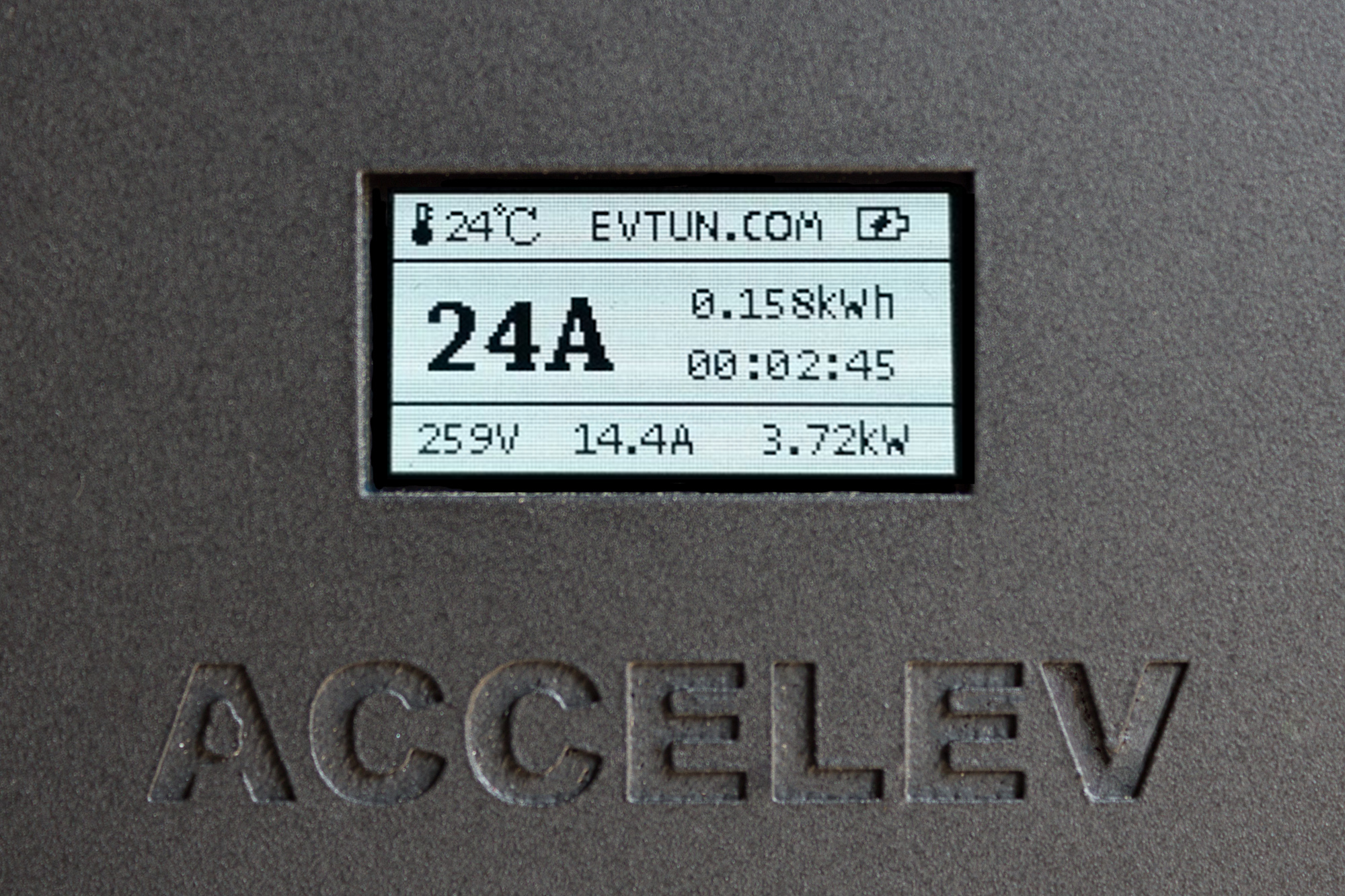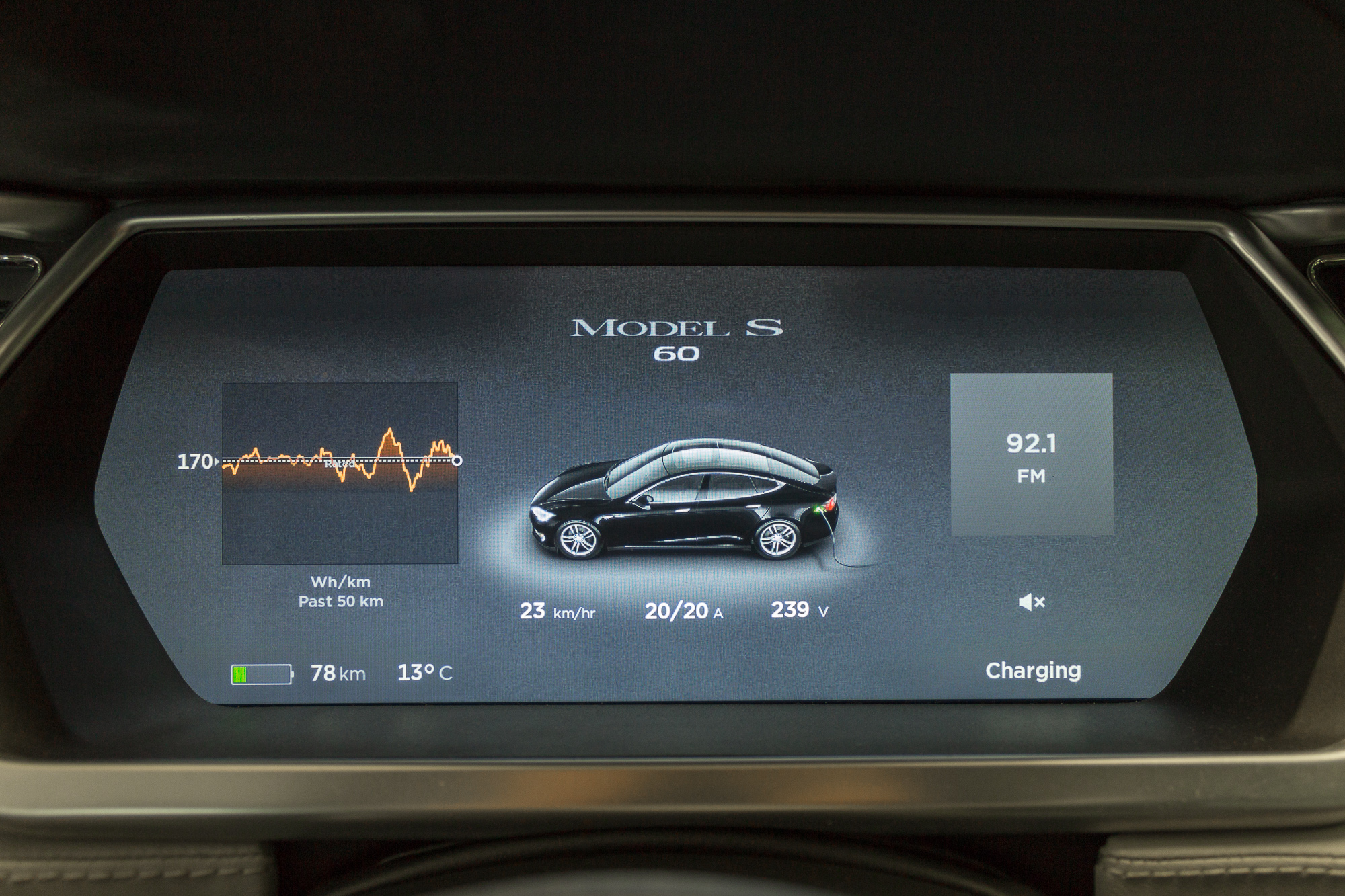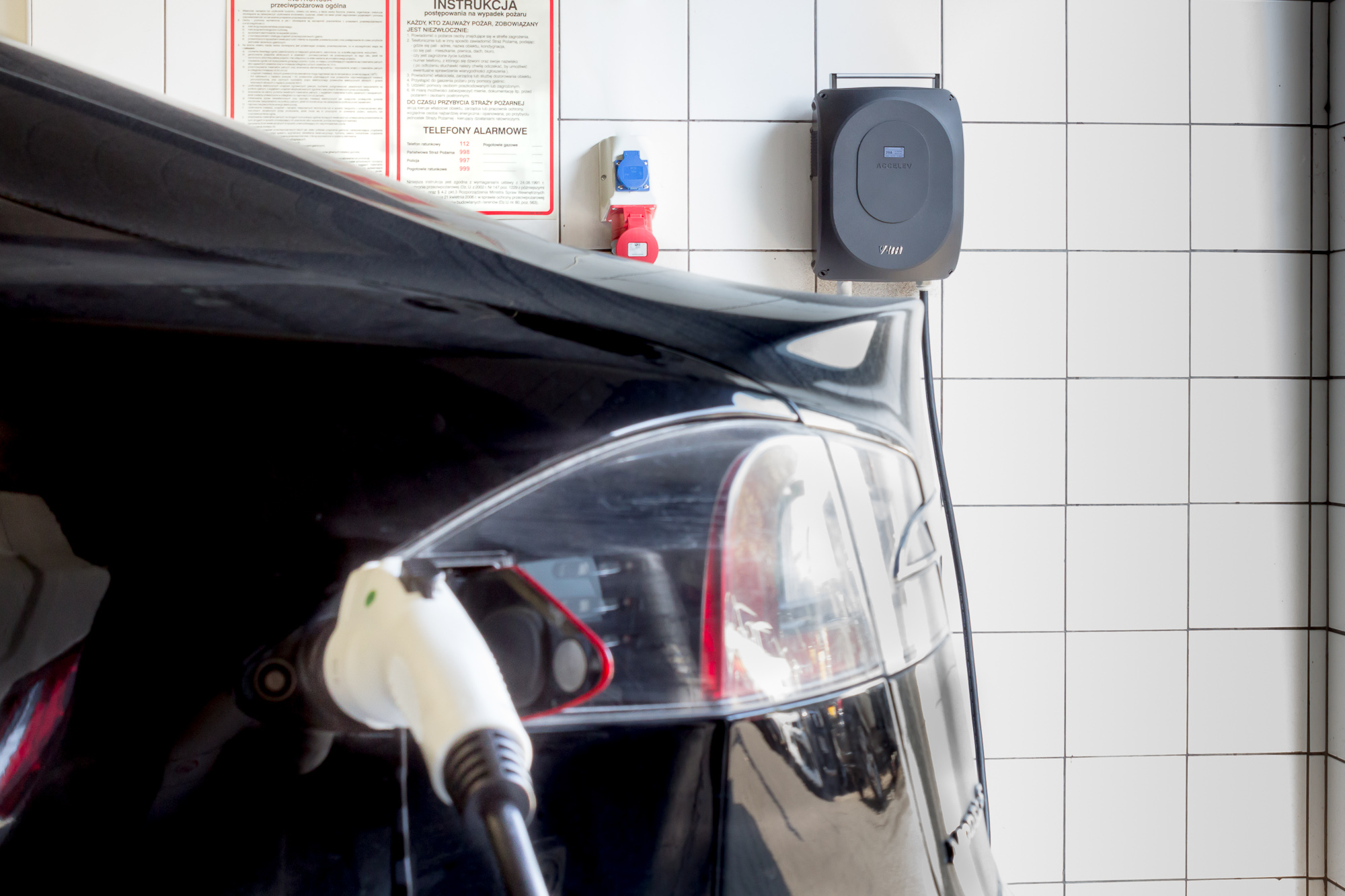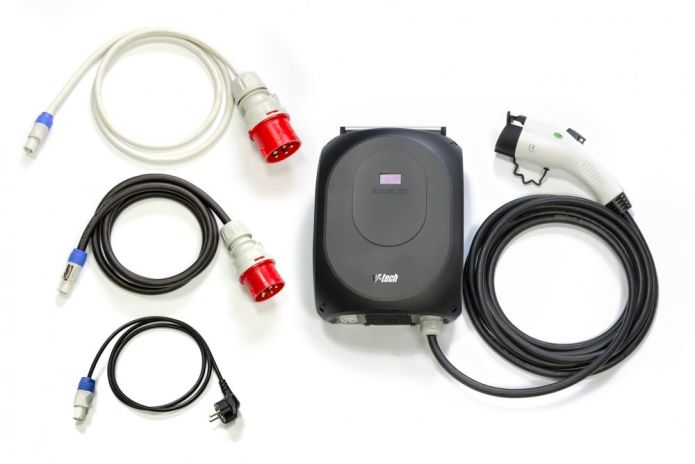vtechtuning
Well-known member
huh, after crowdfunding by IndieGoGo I have finished 2-phase charger for Type1 cars.
It works like this: it uses 2 phases with equal loading to deliver Type1 (single phase) power.
It controls load on both phases, if you start something on any of them - it reduces power.
See how it charges Tesla US (S60):



For PHEV it can do 3.6-3.8 kW, far beyond factory charger. It can charge full from zero in 2.5 h
It works like this: it uses 2 phases with equal loading to deliver Type1 (single phase) power.
It controls load on both phases, if you start something on any of them - it reduces power.
See how it charges Tesla US (S60):



For PHEV it can do 3.6-3.8 kW, far beyond factory charger. It can charge full from zero in 2.5 h




